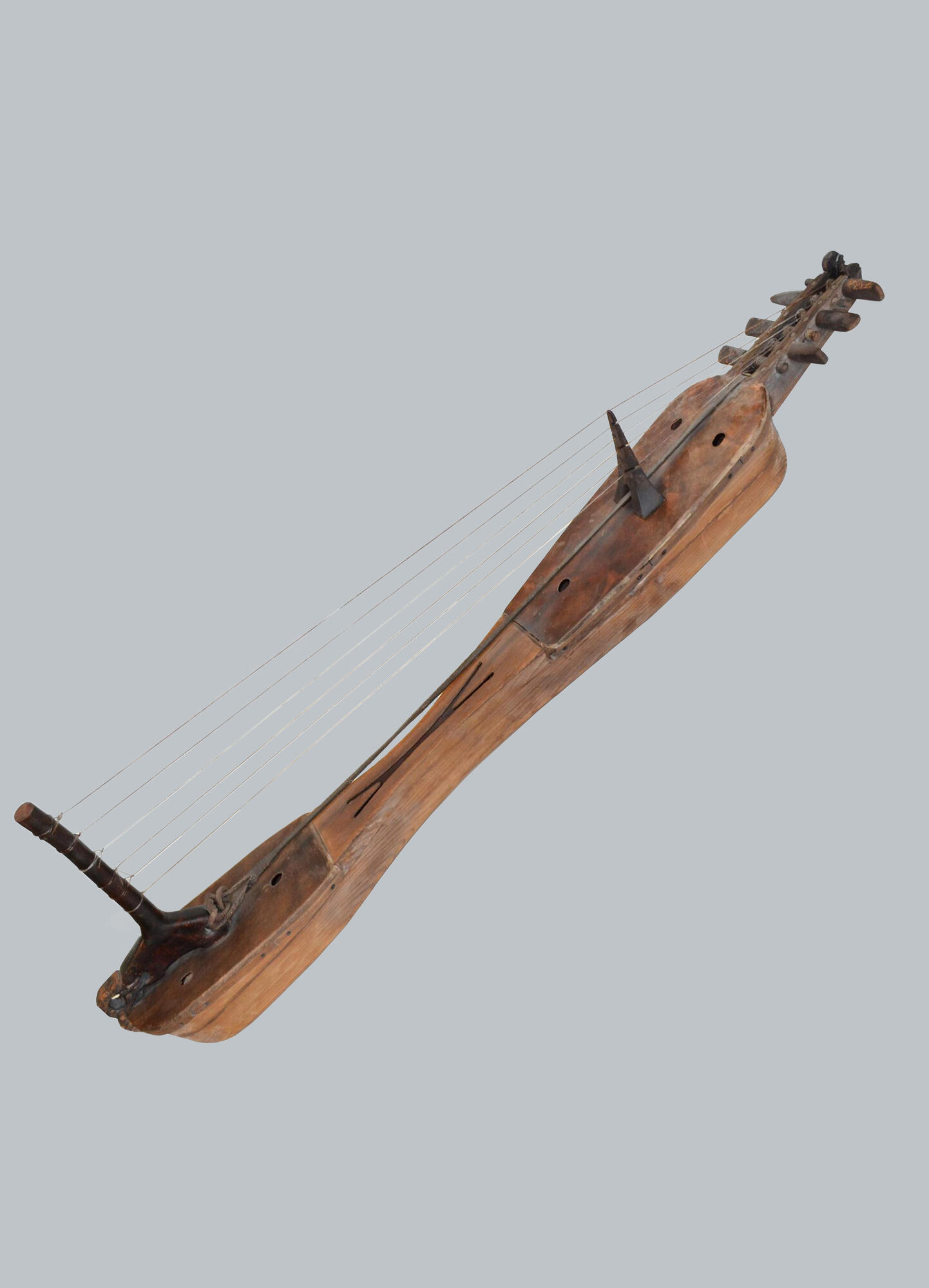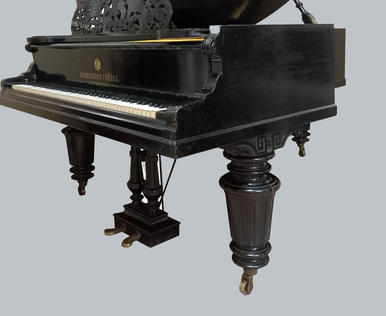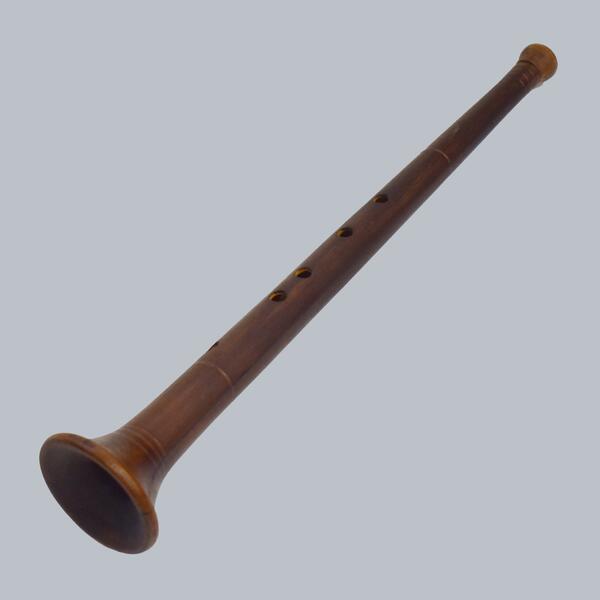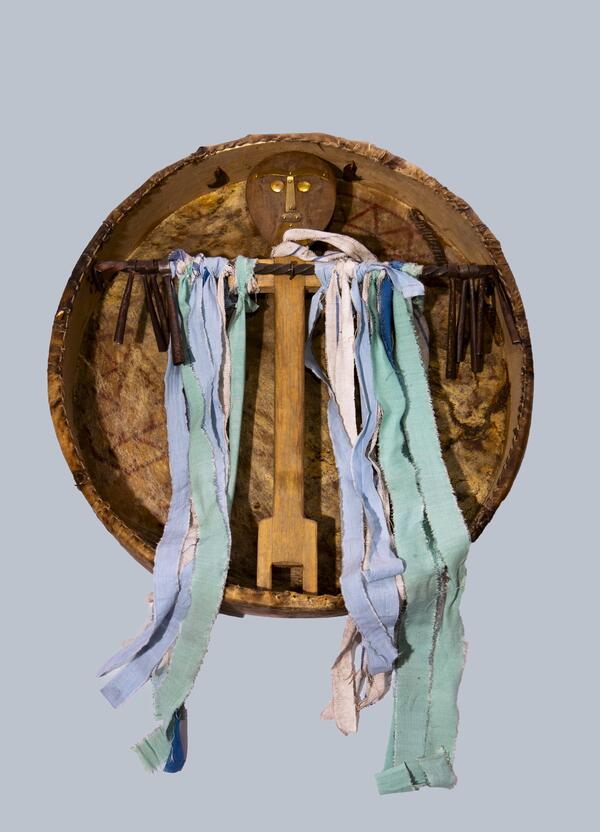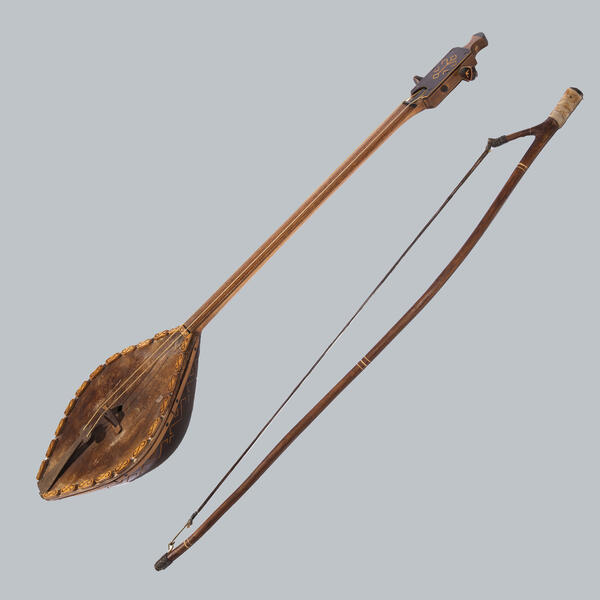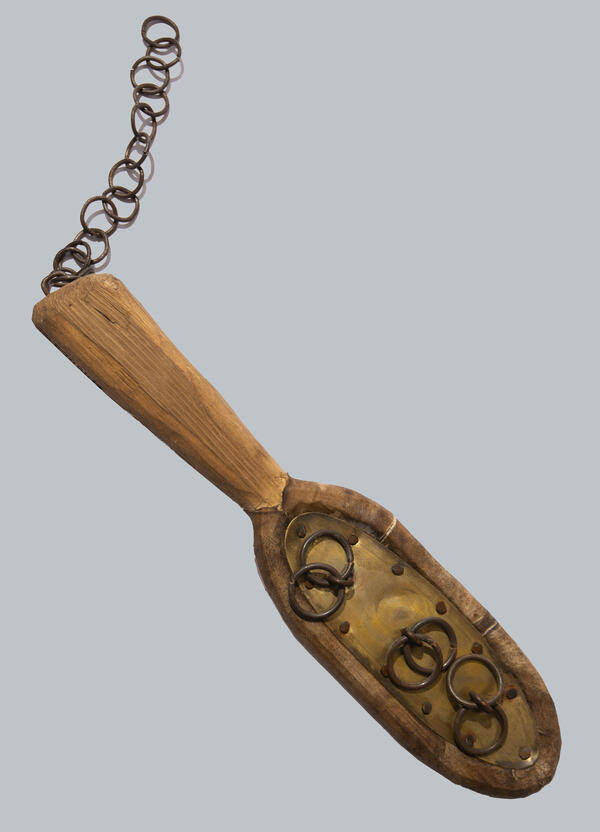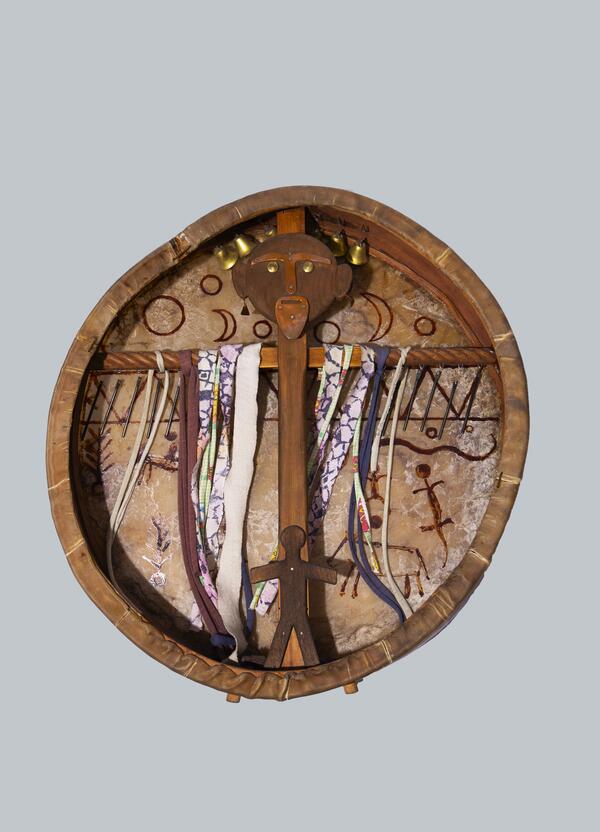Fragments of an authentic stringed instrument of the Altai Scythians were discovered by archaeologists in 1947 during the study of the second kurgan of the Pazyryk royal burials in the Ulagan District of the Altai Republic, and later in the Bashadar Kurgan and during the study of Bolshoi Yaloman in the Ongudai District of the Altai Republic.
The expedition leader, Professor Sergei Rudenko, gave a detailed description of the artifact, which is now displayed in the State Hermitage Museum. Alexander Gnezdilov, a musical instrument craftsman from Barnaul, became fascinated by the discovery. After studying the research materials and the find itself, he set about rebuilding the instrument.
By relying on scientific descriptions, he was able to reproduce the instrument’s original size, proportions, and some of the design features. The tuning mechanism and the stand for transmitting string vibration to the resonator were lost. The purpose of the triangle hole in the vibrating string holder was also a mystery. The décor had almost completely been lost with only some traces left. The instrument was probably decorated using gold leaf. Two strings were preserved on the ancient instrument, but there could have been more, with the number of strings influencing the playing technique.
The craftsman made it his goal not only to recreate the appearance of the ancient harp but also to render it playable. In 1995, the ancient plucked instrument was played once again after centuries of silence.
Over time, Alexander Gnezdilov created 12 versions of the Scythian harp with two and six strings. The former are intended for playing with fingers or a pick, using a bow, or the topshur-style “rattling” technique. The latter are designed to play bass notes and chord arpeggios. The pitch is varied by moving the sliders along the strings.
In 2000, the “singing harps” inspired Barnaul musicians, under the direction of Yevgeny Chikishev, to start an ethno-meditative band called “The Scythians”. According to Sergey Vyatkin, the band’s member, “The idea was to give voice to the Scythian harp, to use it in on-stage performances. That was why Sasha Gnezdilov brought us together — to master the new instrument.” As the Scythian did not have a music notation system, the improvising performers compose their own music.
Nowadays, the first modern Scythian harp is housed
by the State Museum of History of Literature, Art and Culture of Altai. Other
versions of the instrument are displayed in the Novosibirsk State Conservatory
named after Mikhail Glinka and the Elena Kamburova Theater of Music and Poetry.
